Know your wood #3-Oak
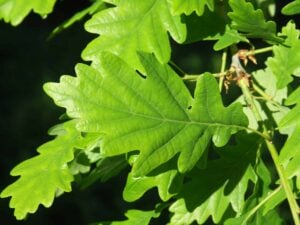
Oak leaves have a unique and distinctive leaf shape
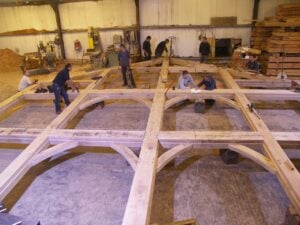
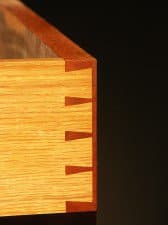
I don’t know that I would describe oak so much as a lovely wood, as I might cherry or black walnut perhaps, but oak stands alone in its own identity as a strong, resilient, durable, stout wood. That done, I have made hundreds of pieces from red and white oak throughout the years. Both have similar characteristics and work as well with hand tools as they do with machines. Much furniture in the castle at Penrhyn is made from oak and so too the doors, casings and panelled walls.
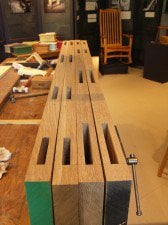
I first used oak in my mid teens when I learned to work with its rebellious, stubborn streaks to discover an inner beauty of structure only a craftsman working its fibres can. Machinists know nothing of what I speak for they merely lift the wood and feed the machine. They miss the medullary rays beneath the chisels edge and the planes levelling swipe. They have never traced their hands over the smoothed wood after the plane’s work.
With these oak stiles I will form new doors at Penrhyn Castle
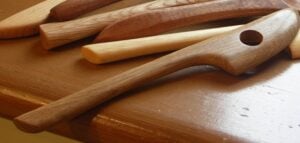
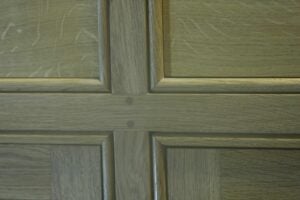
Here are the intersecting oak rails of a cabinet I made last year


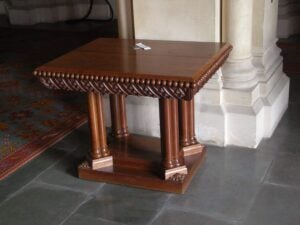
Thanks for sharing the info on the different woods 🙂 What was the type of oak we used to make the tables in Foundation II? I am thinking of making a second table to make a pair and it sounds like I should choose the same type otherwise colour and grain would be very different.
I've been carving a bowl out of yew and found it very hard to control the cuts over the transition between sap and heartwood, but love the colour and grain contrast. Are there any woods where the look is different between heart and sap, but the structure is more similar so would be suitable for making something like a distinctive table top? I wondered about laburnam but I've only ever seen it used in small turned items.
Hello Jonathan,
It was red oak, which has large open pores.